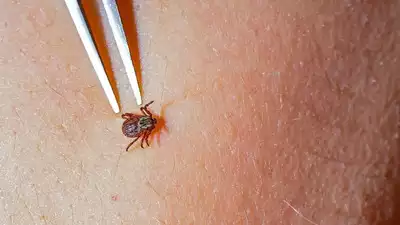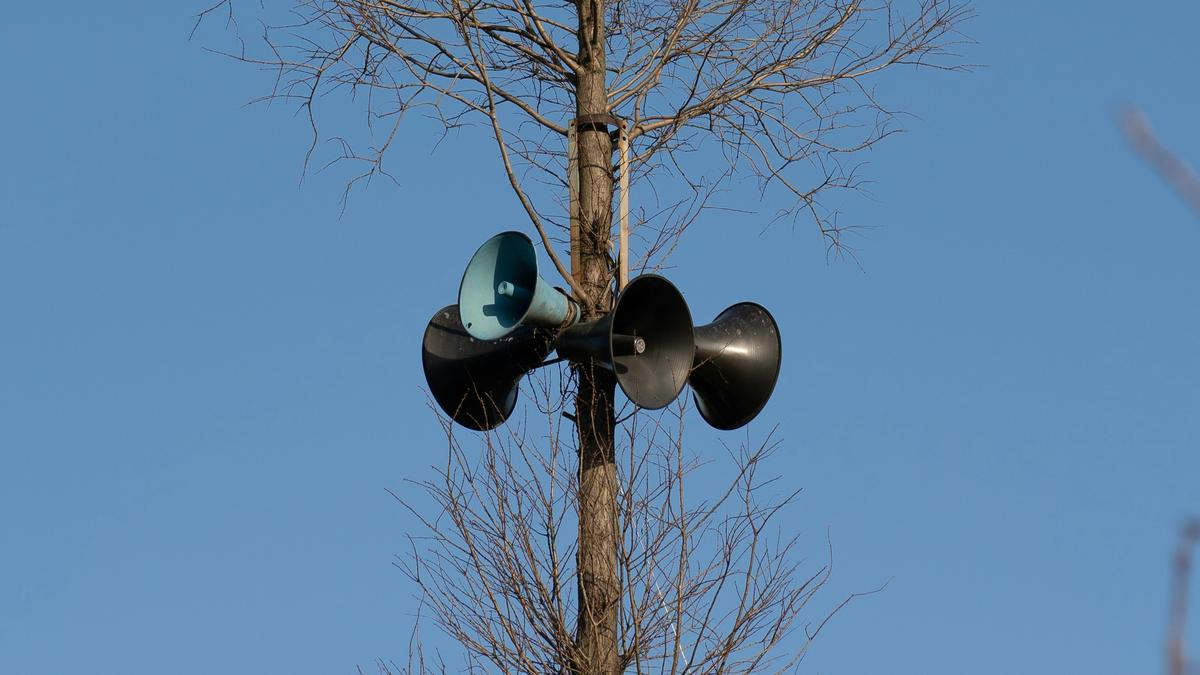



Scientists identified BbLDH, a crucial enzyme in Lyme disease bacteria, Borrelia burgdorferi. It enables energy production by converting pyruvate into lactate. Targeting BbLDH could lead to new treatments beyond antibiotics. This discovery offers hope for precise, genus-specific inhibitors to combat Lyme disease effectively and prevent bacterial growth.

Copyright infringement not intended
Scientists have identified an enzyme, BbLDH, for Lyme disease bacteria.
It is a bacterial infection transmitted to humans through the bite of infected blacklegged ticks, often referred to as deer ticks.
Early symptoms include a distinctive bull's-eye rash called erythema migrans, flu-like symptoms such as fever, chills, fatigue, headache, and muscle aches. If left untreated, the infection can spread to joints, the heart, and the nervous system.
It is treated with antibiotics. For early-stage infections, doctors prescribe a 10- to 14-day course of oral antibiotics like doxycycline or amoxicillin. Children under eight years old and pregnant women receive amoxicillin or cefuroxime.
The discovery of new therapeutic targets, such as the enzyme BbLDH, is crucial because current treatments depend on antibiotics, which may not always be effective.
Scientists discovered an enzyme called lactate dehydrogenase (BbLDH) in the bacterium Borrelia burgdorferi . This enzyme plays a critical role in the bacterium’s survival by maintaining its NADH/NAD+ balance, which is essential for energy production.
Researchers used genetic, biochemical, and structural analyses, including X-ray crystallography to confirm that BbLDH is essential for the bacterium’s growth and ability to infect hosts -> opens the door to highly targeted therapeutics.
By identifying BbLDH as a critical enzyme, scientists can now develop genus-specific inhibitors that block its function. Such inhibitors could potentially stop the bacterium from growing, offering a more accurate and effective treatment.
Must Read Articles:
First confirmed case of Lyme disease in Kerala
Source:
|
PRACTICE QUESTION Q. Consider the following statements about Lyme disease: 1. It is caused by Borrelia burgdorferi. 2. It is transmitted through mosquito bites. Which of the above statements is/are correct? A) 1 only B) 2 only C) Both 1 and 2 D) Neither 1 nor 2 Answer: A Explanation: Statement 1 is correct: Lyme disease is caused by the bacterium Borrelia burgdorferi. Statement 2 is incorrect: Lyme disease is transmitted to humans through the bite of infected black-legged ticks (deer ticks), not through mosquito bites. |











© 2025 iasgyan. All right reserved